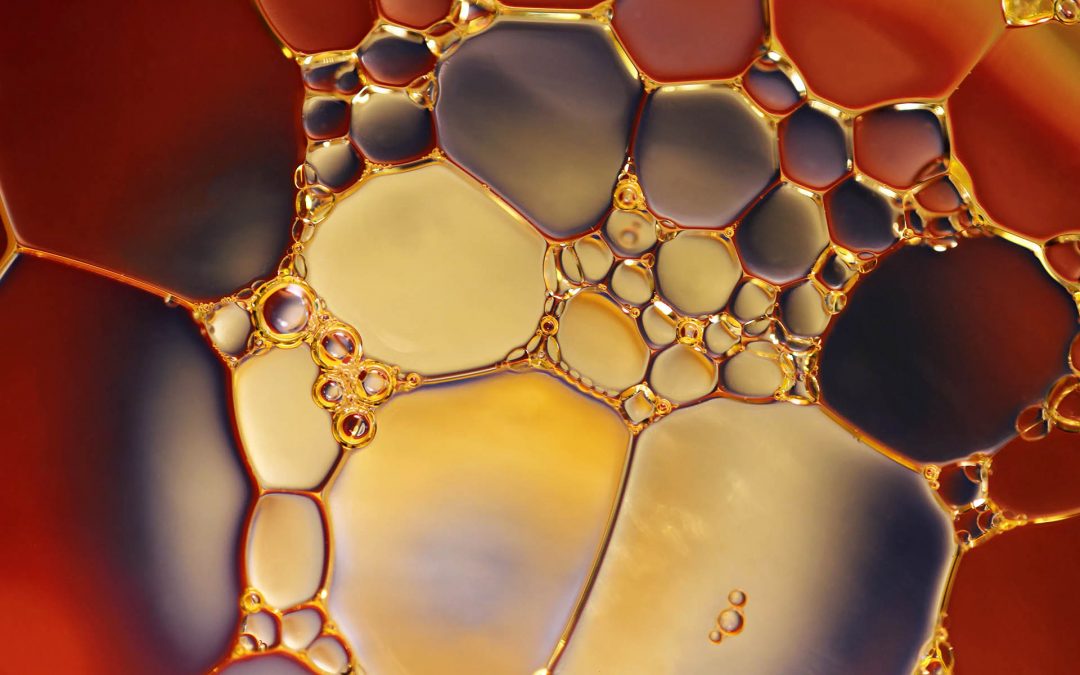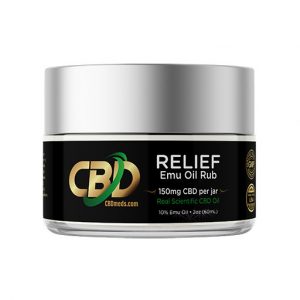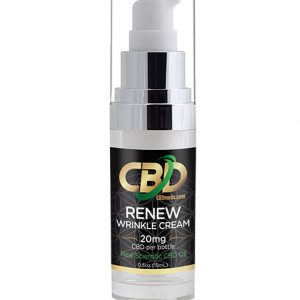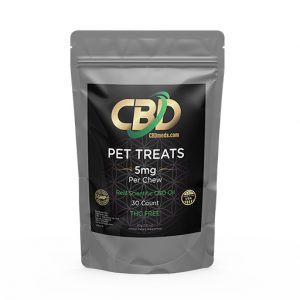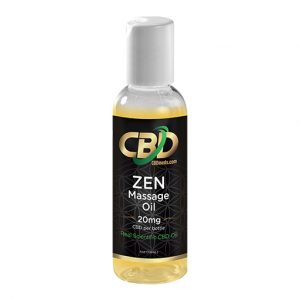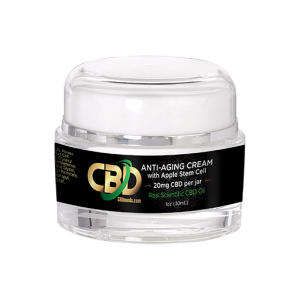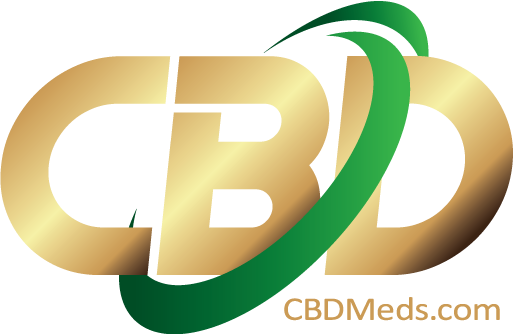Understanding CBD quality is an absolute must these days. As CBD use becomes more and more mainstream, we see products springing up almost everywhere. You can buy CBD products in stores, online or at your local medicinal marijuana dispensary, but it is not always easy to see how or why one product might be better than the rest.
One reason that it can be difficult to see the difference is that CBD hasn’t been used in a mainstream setting long enough for standardization to be established. It can take years for regulatory systems to be developed and the industry has not yet reached that point.
Luckily, however, there are a few points you can look to for answers.
Extraction Process
Before putting your trust in a CBD product, it is good to consider how the cannabidiol oil is extracted from the cannabis plant. There are several methods that manufacturers use to extract the oil, with some being much more rudimentary than others. Unfortunately, one of the most popular methods used by some of the lower end brands is a heavily involved process involving toxic components. This process comes with a slew of potential risks that buyers should be aware of. The CO2 extraction method is a much safer, yet highly technical process using sophisticated equipment. While this is one of the most sought after extraction methods used by higher quality CBD manufacturers, it is not something that should be attempted by an unskilled professional. However, the processes of ethyl-alcohol or olive oil extraction are relatively simple enough that one could safely and easily make their own CBD oil at home with proper instruction.
Consider the Source
It is also important to look at the source of the CBD. Naturally, the health of the plant will have a direct impact on the quality and effectiveness of the cannabidiols derived from that plant. Location is another key factor in the quality of the product. Hemp plants grown in the United States are generally most optimal, as the standards for farming, requirements for agricultural certification, and soil quality are much higher than in other countries. Since hemp plants are highly absorbent of anything and everything contained within the soil it is being grown in, US derived plants are much healthier, as the soil that farmers are required to grow their crops in are highly nutrient-dense and tend to contain lower levels of harmful chemicals and/or pesticides.
THC Content as an Indicator
Looking at the THC levels in the CBD oil is another way to see how well it was processed. THC, or tetrahydrocannabinol, is the component in marijuana that gives the user a ‘high’ or euphoric sensation. Manufacturers using the best methods will have very minimal amounts of THC in their CBD oil. The legal range for THC content is 0.3-0.5%, as these are low enough levels that there should be little to no psychoactive effects; anything over this range could also equate to a substandard product. The strain of the plant that CBD is being extracted from is also of great importance. Strains with a higher CBD content and lower THC levels are the most favorable.
Full Spectrum, Whole Plant, or Isolate
Another indicator of quality is how much of the plant is used for production. Traditionally, CBD oil has been extracted from the entire plant, but it is becoming more common these days to use only portions of the plant. CBD is most frequently extracted from hemp plants, while THC is more highly concentrated in the flower or ‘bud’ of a marijuana plant. The benefit of using the whole plant is that there are a host of other cannabinoids, flavonoids, and terpenes that work in conjunction with cannabidiols providing better results and effects. CBD oil products that use the entire plant as a source are labeled as ‘Full Spectrum’ or ‘Whole Plant’. Alternatively, if you’re in need of a product with little to no traces of THC due to legality or personal preference, then a ‘CBD Isolate’ would be the better choice, as it is derived solely from hemp plants and is usually 99% pure.
What’s in the Mix?
Checking the ingredients in your CBD oil is another way to ensure that you are getting the best quality product. If it contains a list of hard to read chemical ingredients, you should take this as a warning to steer clear. Nevertheless, there are some additives that can actually enhance the specific properties that you’re using CBD oils for. Just a couple of examples of these would be adding melatonin for aiding in sleep and vitamin B12 for increased pain relief. As a general rule, the most complimentary additives should be natural ingredients and not harsh chemicals or preservatives.
Types of CBD Oils
There are three well-known types of CBD oils, a fact which many users are unaware of. These are Raw, Decarboxylated, and Filtered. So, what are the differences and how do you tell them apart? Raw oils are generally darker in color, ranging from a very dark green to almost black. This is because once the CBD has been extracted from the plant, no further purification is conducted. This results in higher levels of chlorophyll, terpenes and plant matter contained in the oil. Decarboxylated oils are very similar in appearance and structure to raw oils, as they also range from a darker green to almost black color. However, these oils are put through a process called ‘decarboxylation’ which means that the plant is heated at low temperatures for several hours in order to reduce the acidity of both CBD and THC. Lastly, filtered oils – the most common among products on the market today – are much lighter due to being put through both the decarboxylation and filtering processes, resulting in a light golden color.
Consider the Science
Don’t forget to check the science. As with anything medical, the more information you have the better. Low-quality CBD oil manufacturers will often not provide any actual scientific proof that their oils are as pure and effective as they say they are. Trustworthy CBD products, on the other hand, will typically provide a Certificate of Analysis along with 3rd party lab results and other important information so that you can see what you are buying. These results often include any harmful contaminants that may have been found during the testing process. As we mentioned before, CBD oil used for medical purposes is still a bit young in the grand scheme of things. Because of the age of the industry, some reputable brands still don’t provide their lab results; however, it is becoming something that customers expect from their CBD manufacturers.
The Wrap Up
As you can see, there are many factors that go into creating a high-quality CBD product and sadly, there is a wide variety of low-quality, unsatisfactory products out there. This can make finding the right CBD oil seem like a daunting task, but luckily, there are also many high-caliber products on the market today. There are also lots of ways to be certain that you are choosing the best CBD oil for your needs, at the best quality – it just takes a bit of time and research, which you should come to find is worth it, in the end.

